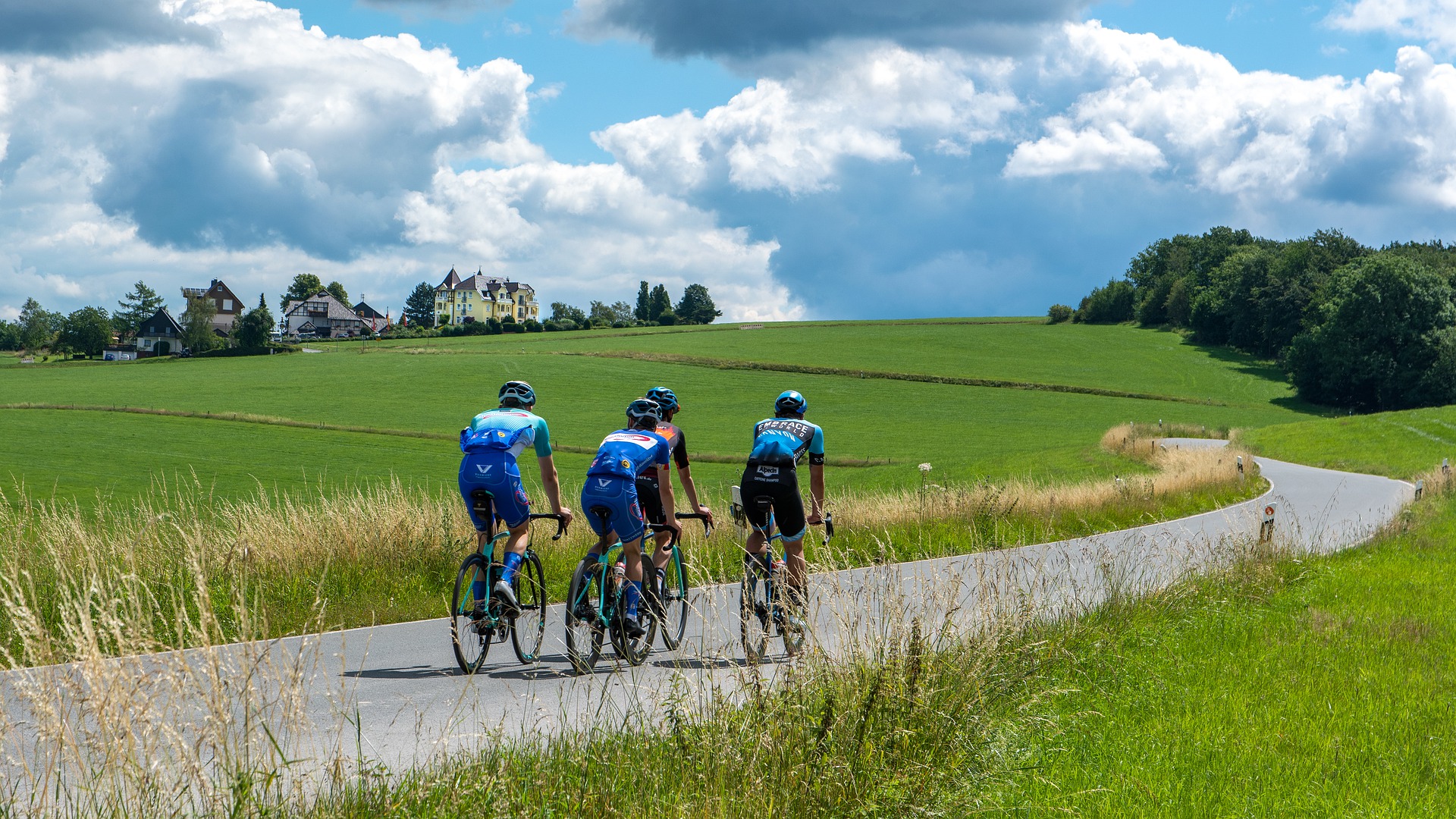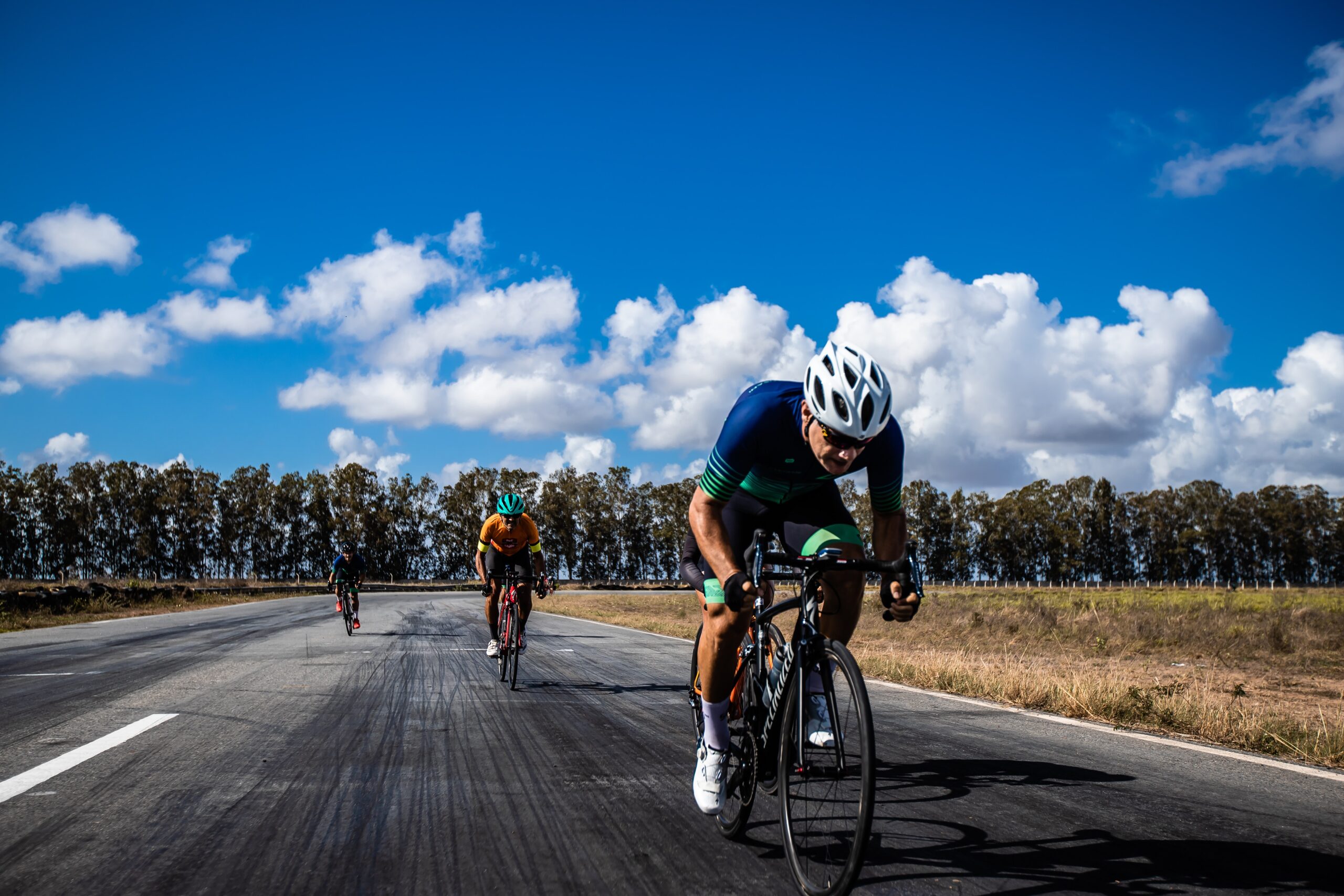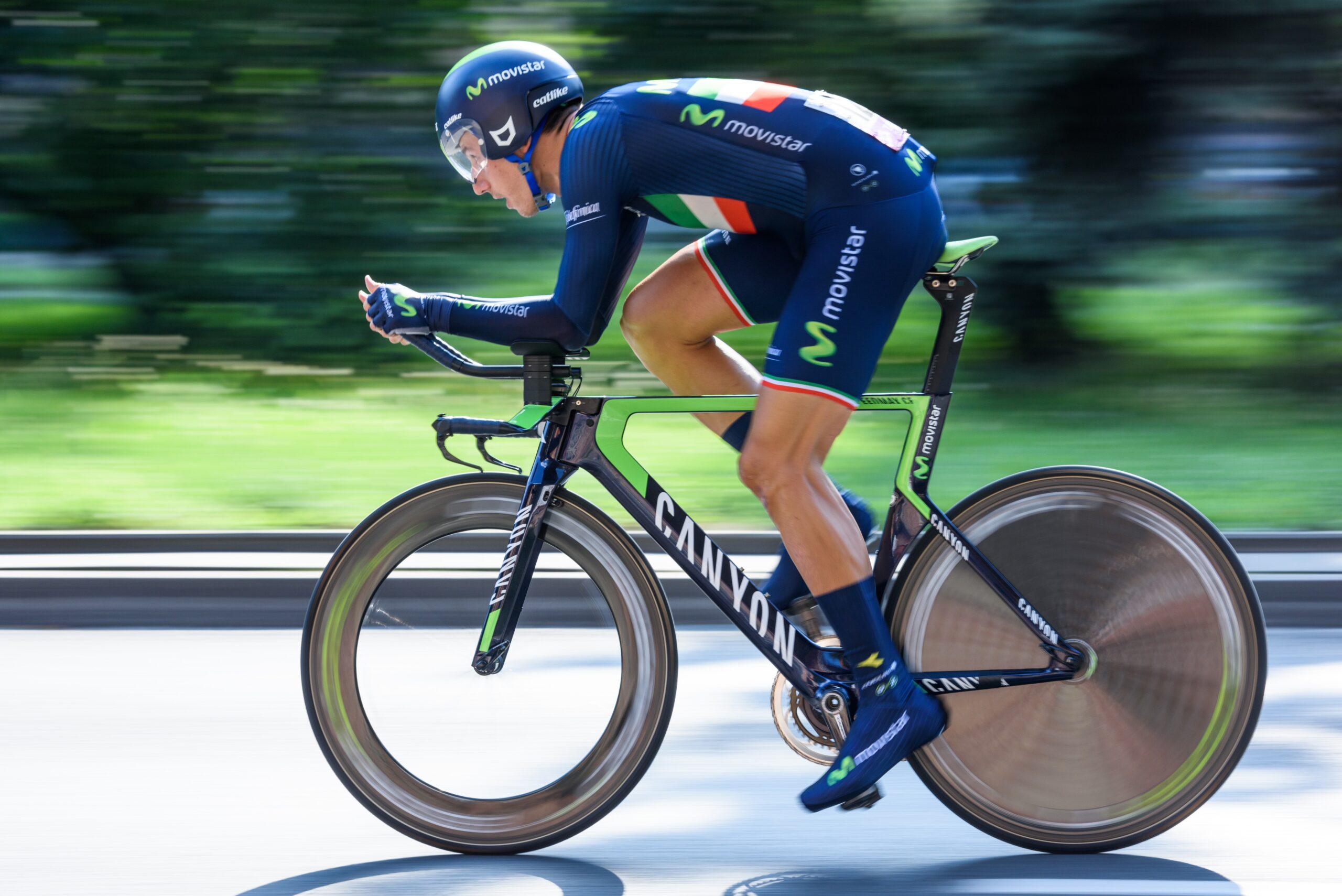Energy system
Zone 3 workouts are classic tempo training sessions. Many runners and cyclists train in this zone when they aim for a “high average” pace or speed. The danger here is that other training zones get neglected, which can ultimately reduce your overall fitness.
This is why the concept of periodized training is becoming more common. Training below your first threshold and above your second threshold should be the main focus. Zone 3 training is often labeled as a “bad” or “useless” zone, but that’s certainly not true!
At Science2Move, training sessions are designed using personalized training zones. These zones are determined through a maximal ramp test, during which changes in energy systems are analyzed. In a maximal ramp test, we determine your zone 3 based on:
the so-called crossover point
and the first steep increase in your breathing rate (threshold value) and the volume of air you inhale per minute
The crossover point marks the shift from mainly fat usage to carbohydrate usage. In simpler terms: below this intensity, the body primarily uses fats. Above it, the body increasingly relies on carbohydrates for energy, and fat usage declines.
To supply enough energy at the required rate for zone 3 efforts, the body must break down nutrients faster. However, this increased speed also leads to the production of more waste products. In other words, since the aerobic system can no longer keep up with the energy demands, the anaerobic system kicks in more and more. The higher the intensity within zone 3, the greater the contribution of the anaerobic system. And the more the anaerobic system is involved, the more waste products are produced.
Up to a certain point, the body can break down and/or buffer these waste products. It can almost match the rate at which they are produced, keeping negative effects limited. But at a certain intensity, the body can no longer keep up with this buffering, and waste builds up. This specific intensity is your threshold. Efforts above this point lead to acidification and an increase in both your breathing rate and the volume of air inhaled per minute.
By the way, lactate is often wrongly categorized as a waste product. In reality, lactate is a substance the body can actually reuse as a fuel source for the aerobic system!
When you have downloaded a training program from Science2Move on TrainingPeaks, we will use general training zones, based on FTP and the principles of zone 3. The exercise intensity will approximately be in the range of:
- Bike power: 75-99% FTP
- Bike HR: 90-99% FTHR
- Run pace: 90-99% FTPa
- Run HR: 95-99% FTHR
What Are You Training?
By training in zone 3, you train your body to better handle the accumulation of waste products and improve its ability to remove or buffer them during exercise. You also encourage your body to use lactate as an energy source. Additionally, zone 3 training helps improve oxygen uptake and promotes cardiopulmonary development (heart and lung system).
Variations
Simple variations in cadence lead to different training adaptations. Riding or running at a lower cadence during tempo intervals or rides forces your body to produce more force to maintain the same power output (Power = Cadence × Force). This improves muscular strength endurance.
On the other hand, using a higher cadence trains leg speed and the endurance capacity of the muscles themselves by encouraging faster movements with less force.
Longer zone 3 workouts are also excellent for training at race pace. Zone 1 and 2 often feel too slow, while zone 4 and 5 can feel extremely demanding. That makes zone 3 a very useful intensity to include in your training program.
Nutrition & Hydration
If you’re cycling or running a lot in zone 3, nutrition becomes very important. Even though the effort doesn’t feel extremely hard, your body is already using a significant amount of carbohydrates. Your body’s carbohydrate stores—found in your muscles and liver—are limited. Once they’re depleted, you can no longer sustain even a zone 3 effort. This is what’s known as “hitting the wall” or “bonking”.
Because your brain also depends on carbohydrates, it’s important to keep supplying them throughout your workout. Also, remember to drink enough fluids, especially in warm or windy conditions, where fluid loss can be substantial.










